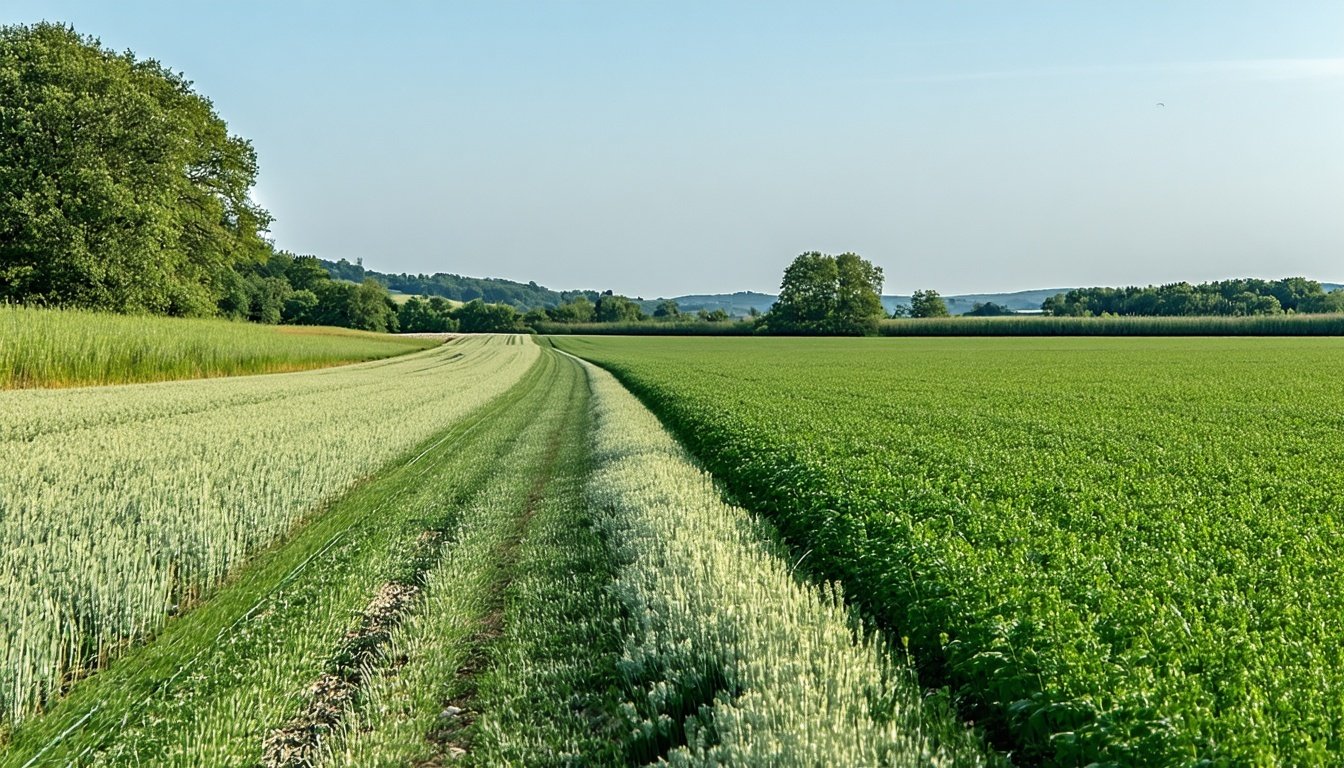In a world where digital connectivity is paramount, fast internet speeds are often associated with...
Improving Rural Internet Access with Fiber Optic Networks

Unlocking the potential of rural communities through high-speed internet.
The Digital Divide: Understanding Rural Internet Challenges
Rural communities often face significant barriers to accessing reliable and high-speed internet. The digital divide, the gap between those who have easy access to digital and information technology and those who do not, is particularly pronounced in these areas. Limited infrastructure, low population density, and high costs make it challenging for service providers to justify the investments needed to upgrade or expand internet services.
This lack of connectivity can have far-reaching consequences for residents, affecting everything from educational opportunities to healthcare access and economic development. Understanding these challenges is the first step toward finding effective solutions that can bridge this divide and bring the benefits of modern technology to all communities.
Why Fiber Optic Networks Are the Best Solution
Fiber optic networks offer a superior solution to the connectivity issues faced by rural areas. Unlike traditional copper cables, fiber optics use light signals to transmit data, allowing for much faster speeds and greater bandwidth. This means that users can enjoy high-speed internet that supports multiple devices, streaming, and data-intensive applications without interruption.
Additionally, fiber optic networks are more reliable and have lower latency compared to other types of internet connections. This reliability is crucial for rural areas where other forms of connectivity might be inconsistent. By investing in fiber optic infrastructure, rural communities can gain access to the same level of internet service enjoyed in urban areas, setting the stage for improved quality of life and economic growth.
The Impact of High-Speed Internet on Rural Education
Access to high-speed internet can transform educational opportunities in rural areas. With reliable internet, students can participate in online learning, access digital resources, and connect with educators and peers from around the world. This connectivity is essential for modern education, which increasingly relies on digital tools and platforms.
High-speed internet also supports the professional development of teachers and allows schools to offer a broader range of courses, including advanced placement classes and specialized programs that may not be available locally. By enabling these opportunities, fiber optic networks can help level the educational playing field, ensuring that rural students have the same chances for success as their urban counterparts.
Overcoming Barriers to Fiber Optic Implementation
Implementing fiber optic networks in rural areas comes with its own set of challenges. High initial costs, complex logistics, and regulatory hurdles can all stand in the way of expanding this critical infrastructure. To overcome these barriers, it is essential to develop strategic partnerships between local governments, service providers, and community organizations.
Funding and incentives can also play a significant role. Grants, subsidies, and public-private partnerships can help offset the costs of installation and maintenance. Additionally, streamlining regulatory processes and encouraging innovation in deployment methods can reduce the time and expense involved in bringing fiber optic networks to rural areas. By addressing these challenges head-on, we can make high-speed internet a reality for all.
Future Prospects: What Lies Ahead for Rural Connectivity
The future of rural connectivity looks promising, with ongoing advancements in technology and increasing recognition of the importance of bridging the digital divide. As more investment flows into expanding fiber optic networks, rural communities can expect to see significant improvements in their internet access and overall quality of life.
Emerging technologies such as 5G and satellite internet also hold potential for complementing fiber optic networks, providing additional options for areas where fiber deployment may be particularly challenging. By continuing to innovate and invest in these solutions, we can ensure that rural areas are not left behind in the digital age, unlocking new opportunities for education, healthcare, and economic development.
